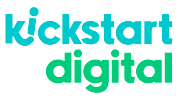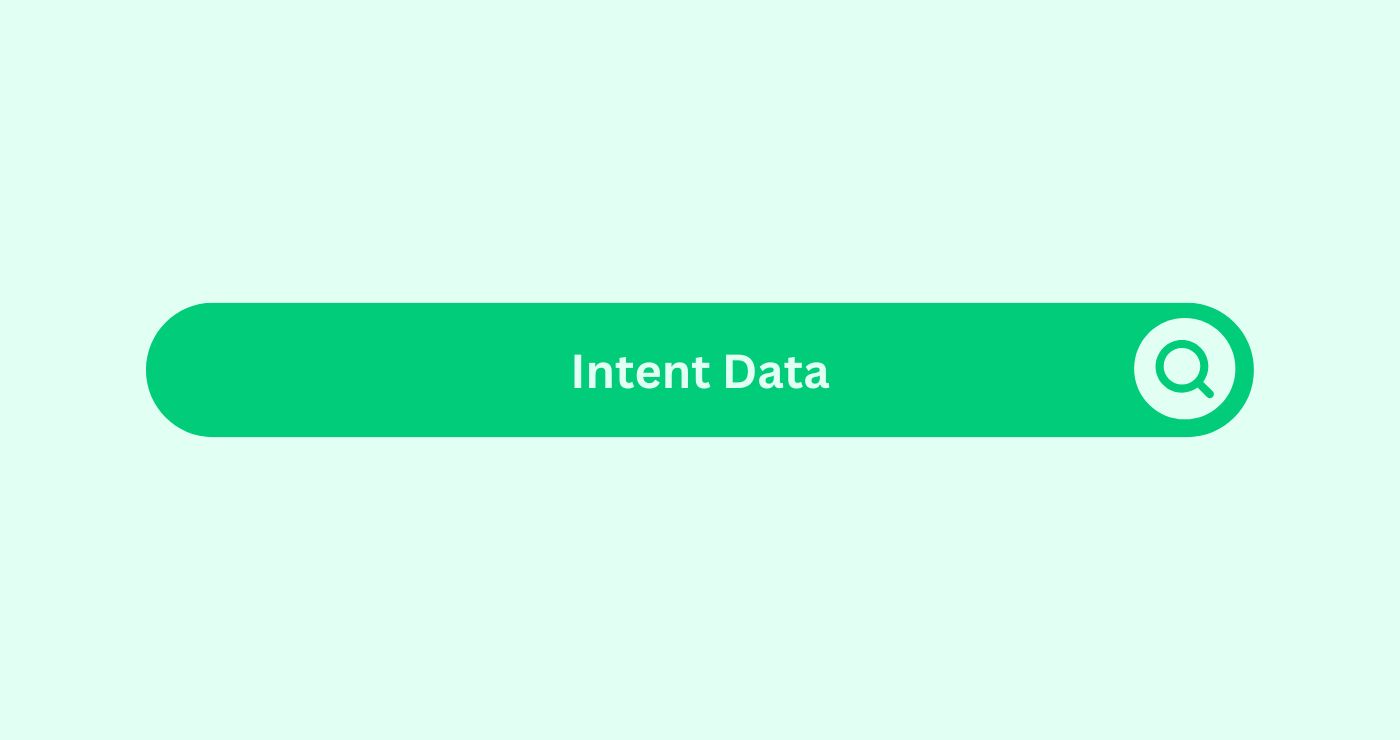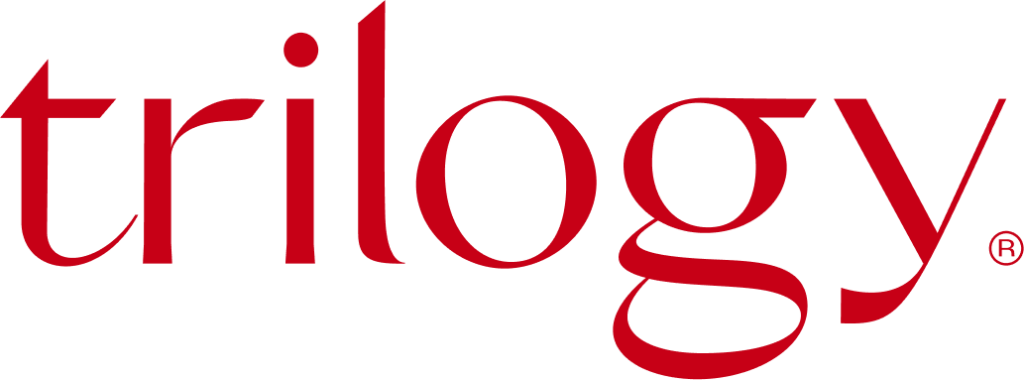Definition
Intent Data refers to behavioural signals collected from users that indicate their likelihood to take a specific action—such as making a purchase, requesting a demo, or clicking an ad. This data is typically gathered from sources like website visits, content downloads, search queries, product comparisons, and social interactions.
For digital marketers, intent data is gold. It reveals what a potential customer is researching, how they interact with content, and when they’re most likely to convert. With this insight, a performance marketing agency can run hyper-targeted ad campaigns based on actual buyer behaviour—not just demographicsDefinition Email demographics provide statistical data on su... or assumptions.
Intent data comes in two main types:
- First-party intent data: behaviour on your own assets (e.g. clicks, time on site, page depth)
- Third-party intent data: behaviour collected across the web from external sources (e.g. industry websites, review platforms)
In SEO, intent data fine-tunes keyword strategy. Instead of simply targeting high-volume search terms, an SEO Company can prioritise queries linked to transactional or commercial interest—accelerating organic conversionDefinition In the realm of SEO, Conversion refers to the pro... rates. Content marketers use intent signals to shape what topics to cover, how deep to go, and when to send retargetingCornerstone Content is vital for SEO, organizing your site a... messages.
Intent data helps teams shift from broadcasting messages to serving exactly what a user needs at the right time.
Real-World Example:
A digital marketing agency Auckland is managing campaigns for a B2BDefinition B2B, short for Business-to-Business, refers to tr... SaaS company. Their goal? Generate qualified leads without bloating the ad budgetDefinition SEO budget is the money allocated for marketing a....
They integrate a third-party intent data platform that tracks when specific companies show buying signals—like searching for “CRM for remote teams,” downloading whitepapers from competitor sites, or reading pricing pages on review aggregators.
Using this information, the agency builds a tiered content strategyDefinition Content strategy involves planning, creating, pub...:
- Top-tier intent: Companies actively comparing solutions receive case studies and free trial CTAs via LinkedIn Ads.
- Mid-tier intent: Visitors reading blog content get retargeted with solution explainers and ROI calculators.
- Low-tier intent: People researching general terms see thought-leadership content with light branding.
On the SEO side, the team maps keywordsDefinition Keywords are crucial for SEO success as they conn... based on intent stage—matching TOFU (top of funnel) content to awareness-stage searches and BOFU (bottom of funnel) pages to transactional phrases.
After 60 days, the client sees:
- 2x increase in form submissions
- 47% drop in cost-per-lead
- Improved ranking for commercial keywordsDefinition Keywords are crucial for SEO success as they conn...
This is the power of aligning intent data with content strategy—better timing, smarter targeting, and stronger ROI.
Framework: Classification & Use
| Intent Stage | User BehaviourDefinition What is User Behaviour in Social Media Marketing?... | Content Type to Serve | Goal |
|---|---|---|---|
| Awareness | General research, blog reading | Educational blogs, explainer videos | Build trust, drive interest |
| Consideration | Comparison pages, tool search | Product pages, guides, testimonials | Nurture leads, offer solutions |
| Decision | Pricing visits, demo requests, direct search | Case studies, demo CTAs, free trials | Convert user to customer |
Key Takeaways
- Intent data identifies when and what users want, not just who they are.
- It empowers content marketers to prioritise high-conversion topics.
- SEO teams can target bottom-funnel keywordsDefinition Keywords are crucial for SEO success as they conn... using real behavioural insights.
- Paid campaigns become more efficient when layered with real-time intent signals.
- Combining first- and third-party intent data sharpens full-funnel strategy.
FAQs
How does intent data improve SEO performance?
Intent Data helps SEO teams target keywordsDefinition Keywords are crucial for SEO success as they conn... that match buyer-readiness, improving rankings for terms that actually convert.
Can small businesses use intent data in content marketing?
Yes—by analysing first-party data like scroll depthDefinition Scroll depth, in the context of SEO, measures how..., exit pages, and repeat visits, small teams can prioritise high-intent users and topics.
What’s the difference between first-party and third-party intent data?
First-party data comes from your own platforms; third-party data comes from external sources tracking user behaviourDefinition What is User Behaviour in Social Media Marketing?... across the web.
How does a performance marketing agency benefit from intent data?
They use intent signals to time paid ads better, allocate budgetDefinition SEO budget is the money allocated for marketing a... to likely converters, and personalise landing pagesDefinition Landing pages are standalone web pages specifical... based on real user behaviourDefinition What is User Behaviour in Social Media Marketing?....
Can a digital marketing agency Auckland integrate intent data into SEO and paid strategy?
Absolutely—intent data helps agencies align keyword strategy, content funnels, and ad messaging to actual user demand across channelsDefinition Channels in the context of SEO refer to the vario....




